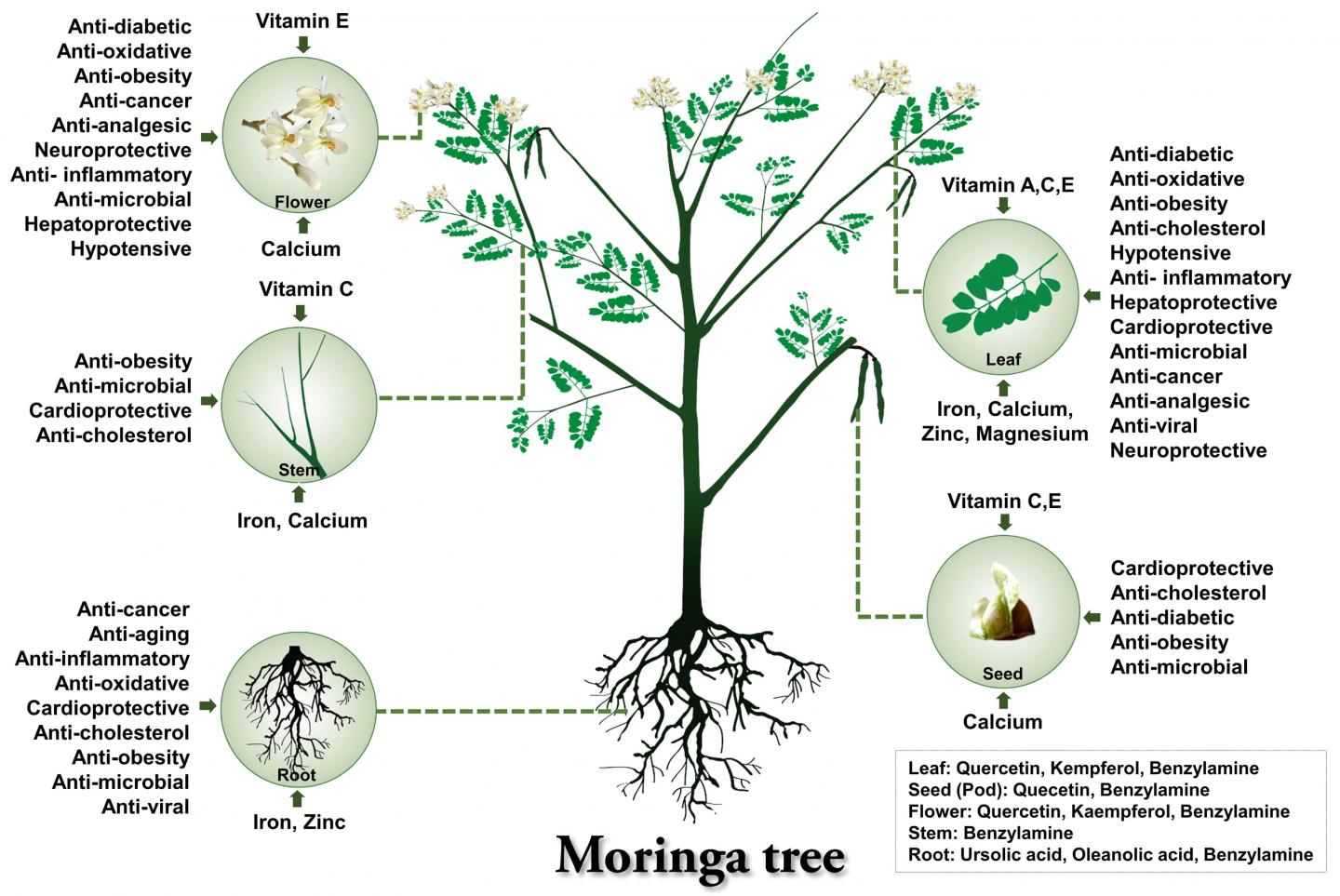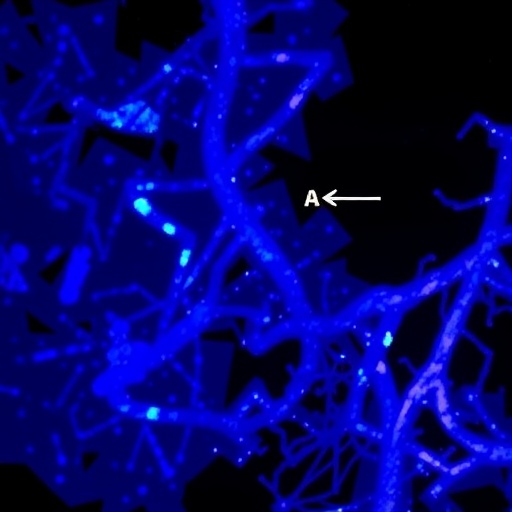
Credit: Mr Mohammed Shafi
Did you ever wonder why our grandmothers insisted on having a Tulsi plant (Holy Basil) in front of the house and a Moringa (Drumstick) tree in the backyard? Each and every part of the drumstick tree has medicinal value and is a rich source of nutrients and minerals. Traditionally, it is known to have anti-diabetic (leaves), cardio-protective (roots), anti-fertility (roots), anti-inflammatory (roots), anti-microbial (roots), anti-oxidative (leaves, flowers), anti-obesity (leaves) properties, and has also been used for water purification (seeds), and as lubricant oil (seeds), among other benefits.
A team of scientists led by Prof. R. Sowdhamini at the National Centre for Biological Sciences (NCBS), Bengaluru, has recently deciphered the transcriptome by purifying and sequencing RNA from five different tissues (root, stem, flower, seed and leaf) of this ‘miraculous tree’. The tree tissues were collected from the Gandhi Krishi Vigyan Kendra campus of the University of Agricultural Sciences, Bengaluru. The sequencing data were analyzed using a combination of computational algorithms and wet-lab approaches. The work was partly funded by a grant by Department of Biotechnology, India and partly by a J.C. Bose fellowship conferred upon Sowdhamini by SERB-DST, India. A full report has been published in the journal Genomics recently.
Moringa leaves, flowers and pods are commonly consumed. This study shows that the leaves of this tree contain 30 times more iron and 100 times more calcium than spinach. “Indeed, iron, zinc and magnesium transporters were found to be highly abundant in the roots and stem parts of this tree,” says Dr Naseer Pasha, first author of the paper. One of the key enzymes required for the production of vitamin C is also expressed at a significant ratio, in all the five tissues studied.
This tree of sub-Himalayan origin requires very little attention and can survive in arid regions. The transcriptome data indicates multiple stress-responsive genes such as C2H2 and Myb gene families. Together, it provides compelling evidence that this plant is a “superfood”, and can provide nutritional sustenance during droughts.
A total of 36 candidate genes were tracked in this study from all five tissues. These include the synthesizing enzymes for compounds (flavonoids, terpenoids, vitamins and alkaloids like Moringine) and transporters of minerals. Among these, the bioactive compounds of medicinal value such as Quercetin (effective in metabolic disorders) and its synthesizing enzymes are observed more in leaves and flowers. Kaempferol (effective as anti-cancer agent) was observed to be abundant in the flowers. The transcript of an enzyme that enables the synthesis of Moringine/ benzylamine, usually observed in bacteria, is highly expressed in Moringa seeds. Moringine is perhaps transported to the roots and is known to improve glucose tolerance and lipid metabolism in mammals. The Ursolic acid and Oleanolic acid products and synthesizing enzymes are observed more in the roots and are known to act as anti-fertility and anti-cancer agents. “A total of 17000 transcripts have been observed and it was a bioinformatics challenge to identify the candidate genes,” says Dr Adwait Joshi who is part of the team. Sowdhamini’s group combined and compared the data with the already available Moringa oleifera genome sequence from a group in China (Tian et al., 2015).
“Uncovering the details of the enzymes that lend Moringa its medicinal values, demonstrates the power of genomics. Together, with the commercial applications, such as the use of Moringa leaves in water purification and oleic acid in the oil extracts, this study could pave the way for this plant in the field of biotechnology,” says Prof. R. Sowdhamini. Like with the paper on Tulsi (Upadhyay et al., 2015, doi: 10.1186/s12870-015-0562-x), this is yet another attempt by the research group to unravel the mysteries of Indian medicinal plants.
###
Media Contact
Sowdhamini R.
[email protected]
Related Journal Article
http://dx.




